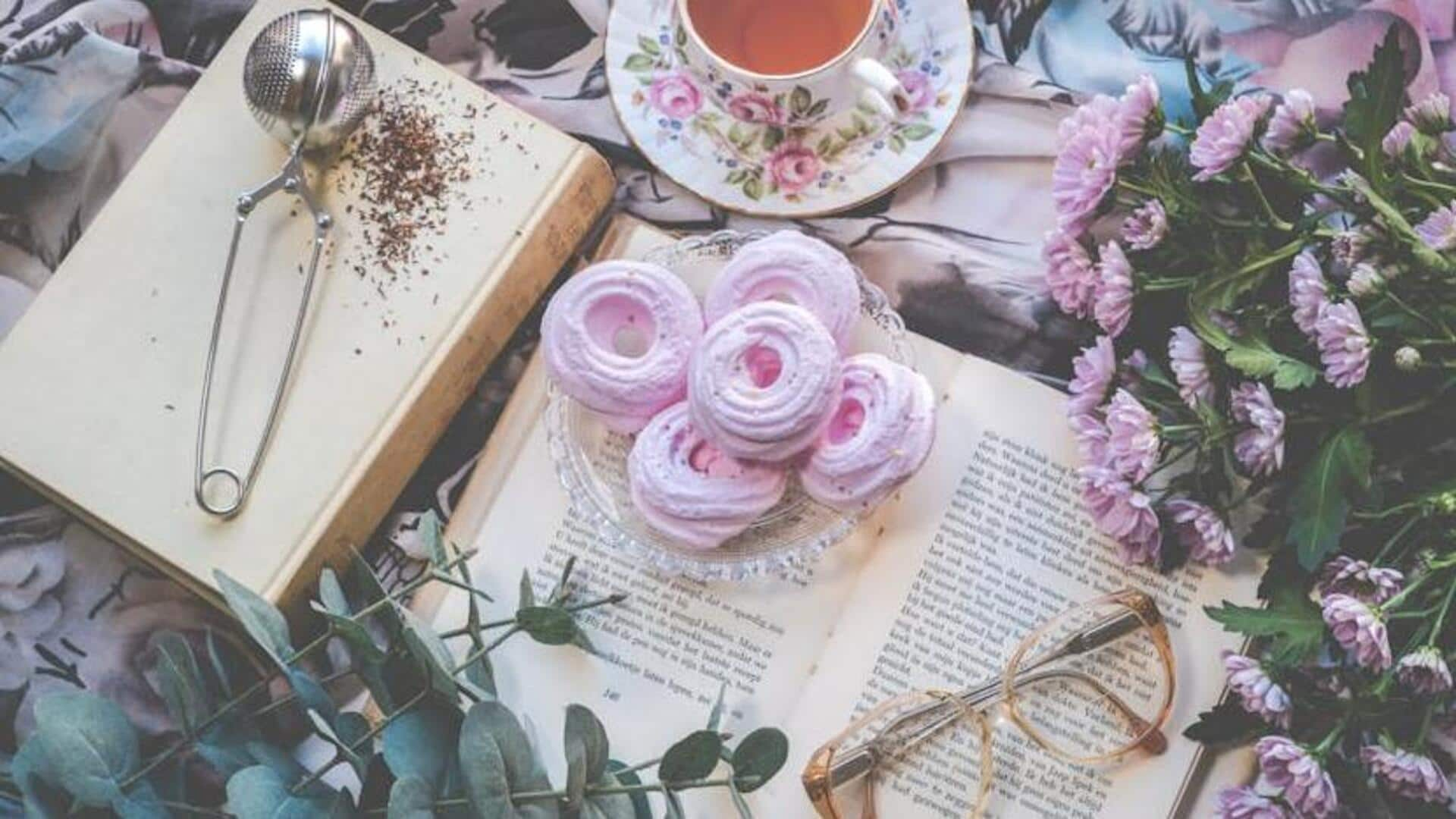
Experience Kyoto's serene tea ceremony tradition
What's the story
Kyoto, Japan, is renowned for its deep-rooted traditions and cultural practices, among which the traditional tea ceremony stands out. This ritual, known as chanoyu or sado, offers a unique glimpse into Japanese heritage. It's not just about drinking tea but involves a series of precise movements and a philosophy of hospitality that embodies harmony, respect, purity, and tranquility.
Venue selection
Choosing the right venue
Kyoto is home to numerous tea houses offering authentic tea ceremony experiences. For an immersive experience, consider venues like Camellia Garden or Tea Ceremony Koto, which are known for their traditional settings and English-speaking hosts. These places provide an intimate look at the ceremonial preparation of matcha (powdered green tea), allowing visitors to appreciate the artistry and spiritual depth of this practice.
The ceremony
Understanding the ritual
A traditional tea ceremony in Kyoto can vary in duration from 30 minutes to several hours, based on its formality. It begins with a cleansing ritual for guests, followed by matcha preparation and serving. Each movement is meaningful, from utensil cleaning to tea whisking. Guests learn the correct way to receive and drink tea, providing insight into what to expect during the ceremony.
Ceremony types
Exploring tea ceremony variations
In Kyoto, the tea ceremony tradition offers a range from formal gatherings in rooms with tatami floors to relaxed outdoor experiences in beautiful gardens. Additionally, some venues present seasonal ceremonies that beautifully incorporate elements reflecting the current time of year. This variety ensures that travelers can select an experience that aligns perfectly with their interests and available schedule, enhancing their visit.
Additional activities
Beyond the tea ceremony
Many tea houses in Kyoto offer more than just tea ceremonies. Visitors can also try on kimonos or learn calligraphy, providing a deeper dive into Japanese culture. These activities complement the tea experience, offering a fuller understanding of Japan's traditions. It's a great way for travelers to enrich their Kyoto visit while exploring its artistic heritage.